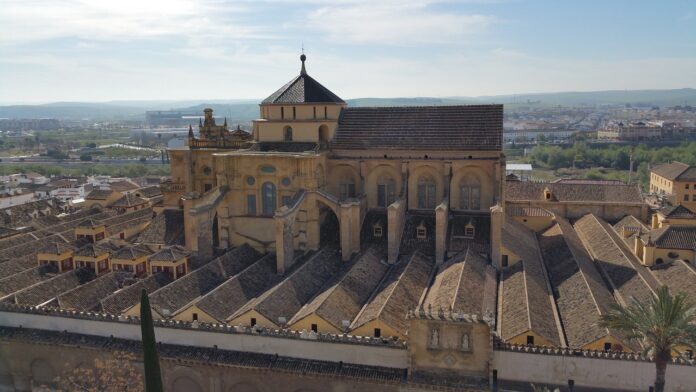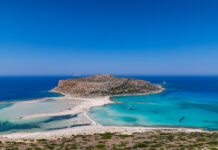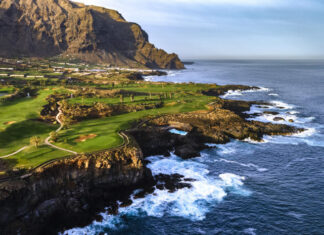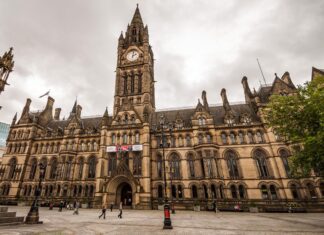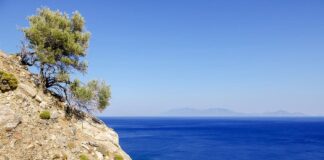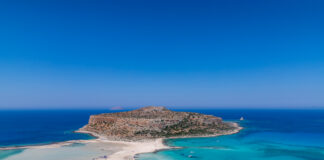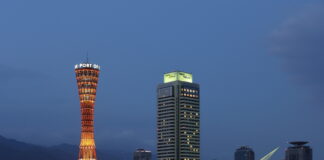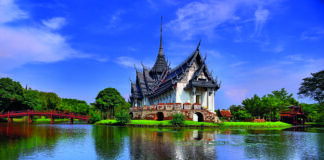Nestled along the banks of the Guadalquivir River in the southern Spanish region of Andalusia, Cordoba is a city brimming with culture, history, and mouth-watering cuisine. Once a Roman settlement and later the capital of the Islamic Caliphate in the Iberian Peninsula, today Cordoba stands as a testament to its varied past, with an array of architectural marvels and rich traditions.
Historical Overview
Cordoba's history is both fascinating and multi-layered. The city was founded by the Romans in 169 B.C. and later flourished under Muslim rule between the 8th and 13th centuries. During this period, Cordoba became one of the world's largest and most advanced cities, known for its cultural, intellectual, and architectural achievements. Post-Reconquista, the city transitioned into a center of Christian culture.
Culture
Mezquita-Cathedral
One of Cordoba's most iconic cultural landmarks is the Mezquita or the Mosque-Cathedral. Initially constructed as a mosque in the 8th century, it was converted into a cathedral after the Reconquista. Its stunning interior blends Moorish and Christian architecture with endless rows of red and white arches.
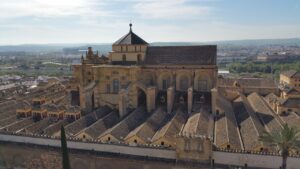
Alcázar de los Reyes Cristianos
Another testament to the city's storied past is the Alcázar de los Reyes Cristianos, a fortress once the residence of Christian monarchs. The lush gardens, courtyards, and remarkable Roman mosaics make it a must-visit site.
Jewish Quarter
The Judería, or Jewish Quarter, is one of Cordoba's most atmospheric neighborhoods. Wander through its narrow, winding streets, and you'll come across ancient synagogues, craft shops, and charming patios.
Patios Festival
In May, the city comes alive with the Festival de los Patios, where residents open their private courtyards to the public, showcasing a dazzling array of flowers and traditional Andalusian architecture. This festival has been recognized as an Intangible Cultural Heritage by UNESCO.
Food
Andalusian cuisine is an essential part of the cultural fabric of Cordoba.
Salmorejo
When in Cordoba, trying Salmorejo is a must. This thick tomato-based soup made with bread, garlic, olive oil, and vinegar, topped with hard-boiled eggs and ham, is a local favorite.
Flamenquín
Another traditional dish is Flamenquín, consisting of ham and pork loin wrapped in breadcrumbs and deep-fried.
Montilla-Moriles Wine
Remember to taste the Montilla-Moriles wines, similar to Sherry and produced in the region for centuries.
Tapas Culture
Tapas is central to Spanish culture, which is equally valid in Cordoba. Head to local bars and order various small dishes to share, ranging from olives and cheese to calamari and albondigas (meatballs).

Travel Tips
Timing
Spring and fall are the best times to visit Cordoba, as the weather is pleasant. Summers can be scorching hot.
Footwear
Comfortable shoes are essential. Cordoba is best explored on foot, and its streets are cobbled.
Language
While some locals speak English, learning a few basic Spanish phrases is advisable.
Tickets
For popular attractions like the Mezquita, buy tickets in advance to avoid long lines.
Interesting Facts
- Cordoba was once the most populous city in the world, with around 500,000 inhabitants in the 10th century.
- The Mezquita Cathedral is one of the few places where a mosque and a cathedral exist within the same structure.
- Cordoba boasts the highest number of UNESCO World Heritage sites of any city in Spain.
- The town is famous for its Cordovan leather, a renowned product since the Middle Ages.
Conclusion
With its spellbinding historical sites, vibrant traditions, and delectable cuisine, Cordoba is a jewel in the crown of Andalusia. It's a city that invites you to lose yourself in its ancient streets and be transported through time. Whether you're a history buff, a food lover, or simply looking for a taste of authentic Spanish culture, Cordoba won't disappoint.

